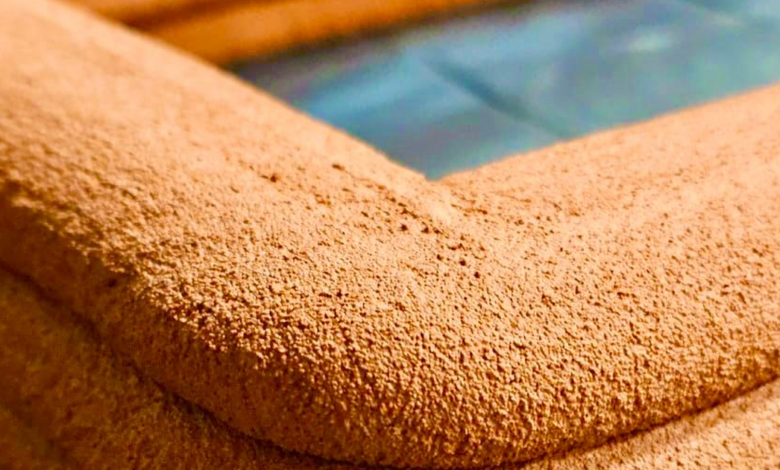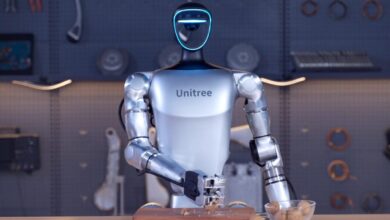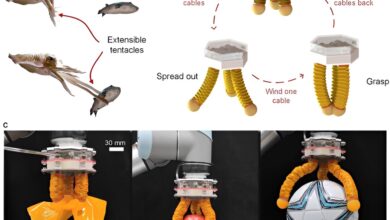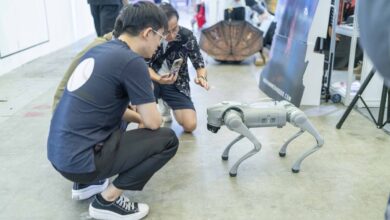Transforming construction: Camhirst Robots’s revolution with 3D printing

Solving Global Challenges
With the global affordable housing backlog reaching alarming levels, governments, construction companies, and humanitarian organizations are seeking innovative solutions to address the growing demand for adequate and affordable shelter. The persistent global shortage of affordable housing remains a pressing issue, with countries around the world grappling with the increasing demand for suitable and cost-effective accommodation (Mercader-Moyano et al., 2021).
In Africa, the housing dilemma poses a significant challenge marked by substandard quality, sluggish construction timelines, and notable wastage, especially within the low-income housing segment (Mahachi, 2021). In the face of such a daunting housing crisis, the emergence of 3D printing technology brings a glimmer of hope for its resolution. Camhirst Robots’s 3D Construction Printing Robots offer a ray of hope in this bleak scenario. By significantly reducing construction time and costs, these robots enable the rapid construction of homes, schools, clinics, and other essential structures. They empower governments to bridge the housing deficit, construction companies to build faster and cheaper, and communities to thrive.
Digital fabrication technology, also known as 3D printing or additive manufacturing, constructs physical objects from a geometric model through the successive addition of materials (Shahrubudin, Lee, & Ramlan, 2019). In the construction sector, the adoption of 3D printing began to gain momentum in the early 2000s, as researchers and innovators delved into its capabilities for constructing homes and buildings. 3D printing technology represents a sustainable approach capable of substantially enhancing building performance, overall economic, social, and environmental sustainability, as well as expediting housing projects in Africa (Moghayedi et al., 2024).
What sets Camhirst Robots apart from its competitors is its unwavering commitment to delivering cost-effective solutions. Unlike traditional construction methods that are slow, labor-intensive, and wasteful, Camhirst Robots’s 3D printing robots offer unparalleled speed, efficiency, and precision. They can be set up and ready to use within hours, significantly reducing construction time. Moreover, these robots minimize material waste, offer greater design flexibility, and enhance construction quality, making them a preferred choice for construction projects around the world.
In addition to speed and efficiency, Camhirst Robots’s 3D printing technology also offers significant sustainability advantages. By minimizing construction waste and precisely controlling material usage, this technology reduces environmental impact and lays the foundation for future sustainability. Furthermore, compared to traditional construction methods, 3D printing technology can also reduce energy consumption, further lowering carbon footprint, promoting environmental conservation, and resource preservation.
3D Concrete Printing Tests done with the Camhirst 3D Concrete Printing Robot at the Camhirst Robots Factory in Stalybridge, Greater Manchester
Camhirst Robots’s Vision for a Sustainable Future
Despite the immense potential of 3D printing technology in transforming the construction industry, companies like Camhirst Robots face significant challenges. Securing investment and rapidly expanding to meet the growing demand are top priorities for the company. However, within these challenges lie tremendous opportunities. The housing crisis represents an untapped market worth trillions of dollars, and Camhirst Robots is poised to seize this opportunity.
Innovation Knows No Bounds. Camhirst Robots is excited to unveil its upcoming product lineup, with plans to introduce cutting-edge innovations from its headquarters in Ashton Under Lyne, UK, and factory in Stalybridge, UK. The company invites construction firms and potential investors to attend open days, where they can experience firsthand demonstrations of the latest advancements in 3D concrete printing robotics.
In tandem with these developments, the company is actively seeking investment to support its expansion efforts. Recognizing the transformative potential of its technology, Camhirst Robots aims to address not only the housing crisis but also contribute to broader sustainability initiatives. Prospective investors aligned with the company’s vision are encouraged to explore partnership opportunities.
In summary, Camhirst Robots’s dedication to innovation extends beyond the realm of construction. By leveraging 3D printing technology, the company is poised to reshape the future of housing while championing sustainability and social progress.



